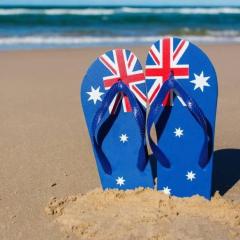-
Welcome to the eG Forums, a service of the eGullet Society for Culinary Arts & Letters. The Society is a 501(c)3 not-for-profit organization dedicated to the advancement of the culinary arts. These advertising-free forums are provided free of charge through donations from Society members. Anyone may read the forums, but to post you must create a free account.
James Beard Foundation comes to Las Vegas
-
Similar Content
-
- 1 reply
- 249 views
-
- 12 replies
- 1,073 views
-
- 11 replies
- 536 views
-
- 8 replies
- 1,003 views
-
- 114 replies
- 41,600 views
-
-
Recently Browsing 0 members
- No registered users viewing this page.







Recommended Posts